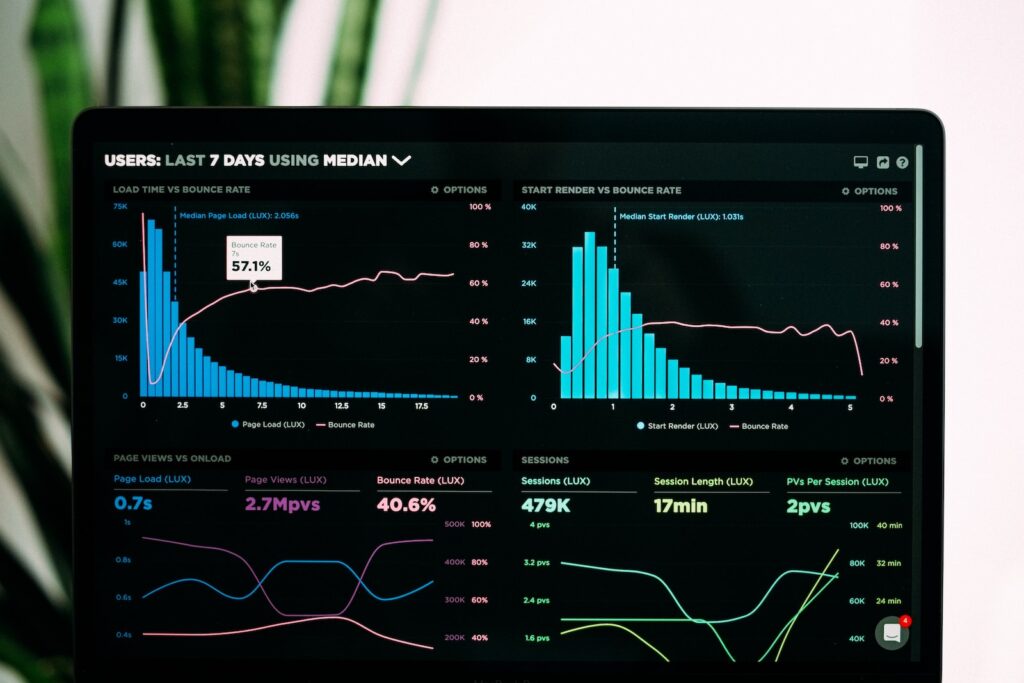There Is 1 Simple Thing Successful Creators Do Differently To Create Engaging Content And Grow Their Audience
You don't obsess over analytics once you're an established creator. You become established once you obsess over analytics!
Oct 7, 2022 •

Why is it some people have a large online following even though their content isn’t that great?
Successful creators know how to create content their audience wants. They know this based on the data from previous posts. Beginner creators, on the other hand, create content randomly based on assumptions they make about their audience.
No matter where you are in your creator journey, you have access to your data.
These are the common datapoints you’ll get when you look into your analytics:
1. Views → How many people have seen your content. Depending on the platform this can be referred to as views, or impressions.
2. Engagement → How many of those who saw your content, engaged with it. This often encompasses likes, shares, comments, etc…
3. Likes/Reactions → How many people “liked” or reacted in some form to your post.
4. Shares → How many people saw your post and decided to share it with others. This can be on the platform (retweets or reposts) or externally (link via email or WhatsApp, for example.)
5. Comments → This is arguably the most important metric to look at. When a piece of content generates comments, it’s your cue to pay attention. Is your audience liking it? Are they asking clarifying questions?
Other: There are other data points like engagement rate, click-through ratio (CTR), dwell time, etc. But if you’re still reading this essay, chances are you don’t need to worry about these just yet.
Data points on their own are not very valuable. But when looked at together, and over time, they are priceless.
Avoid comparing your numbers to what you see from established creators.
Instead, focus on creating a lot of content over a period of time and gather as many data points as you can. Give yourself at least 14 days of testing content ideas before you start looking for standout data points. Remember standout data points are relative. Not absolute.
For example, if your posts are getting 40-60 views on average and one of them has 250, that’s a 400% increase! You must’ve done something right!
Beginners think analyzing the data is something you only do once you’re an established creator. That’s backward thinking. You analyze the data to become an established creator!
Sign up for the newsletter that helps subject-matter experts build a business aligned with their life goals.



